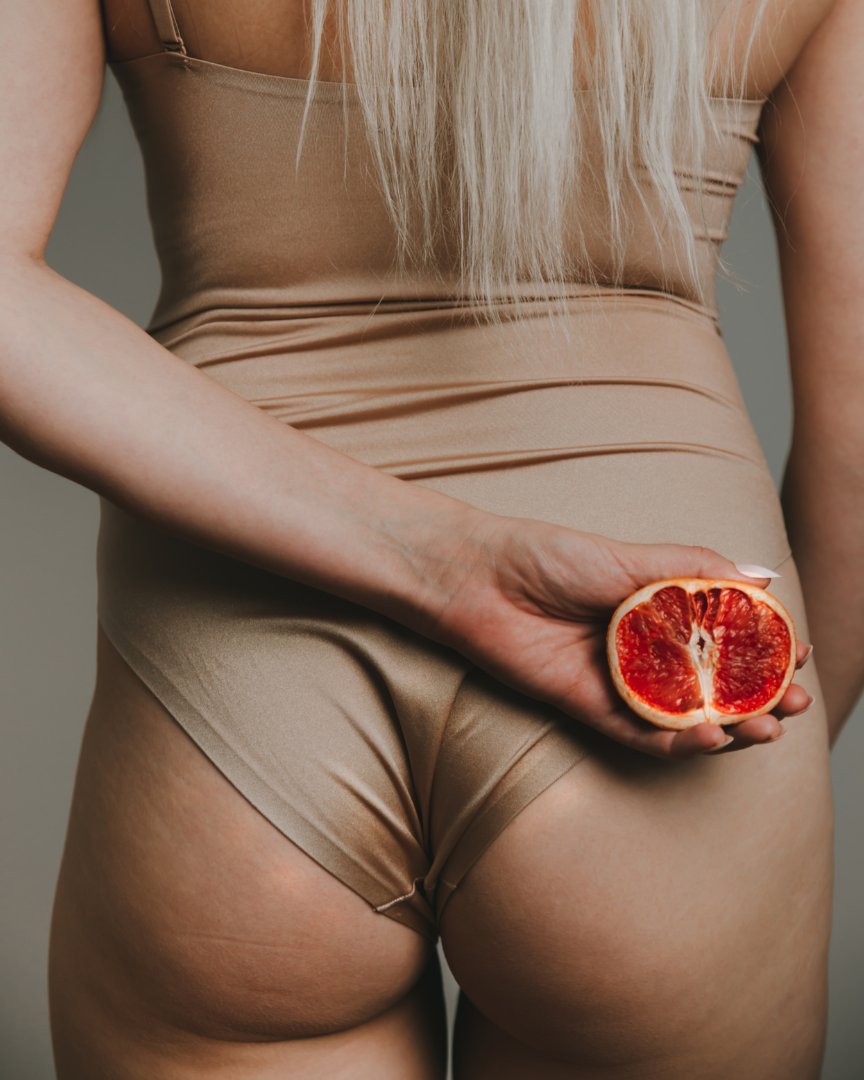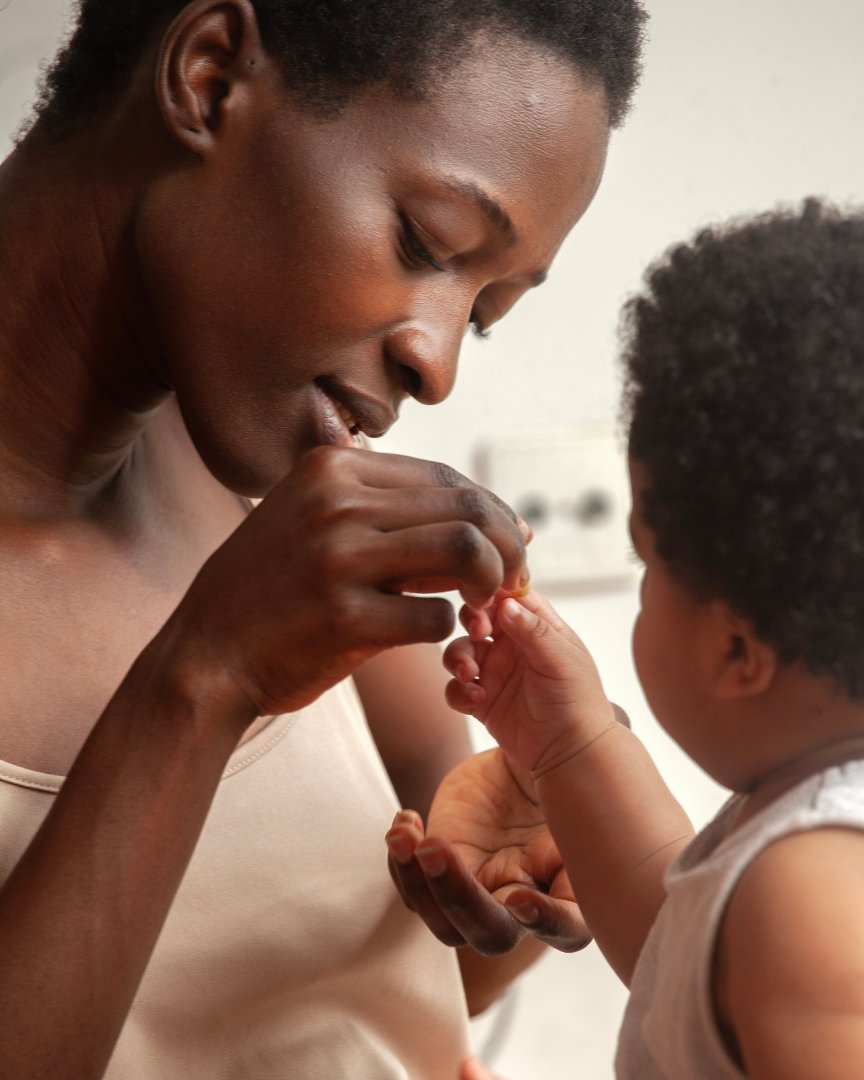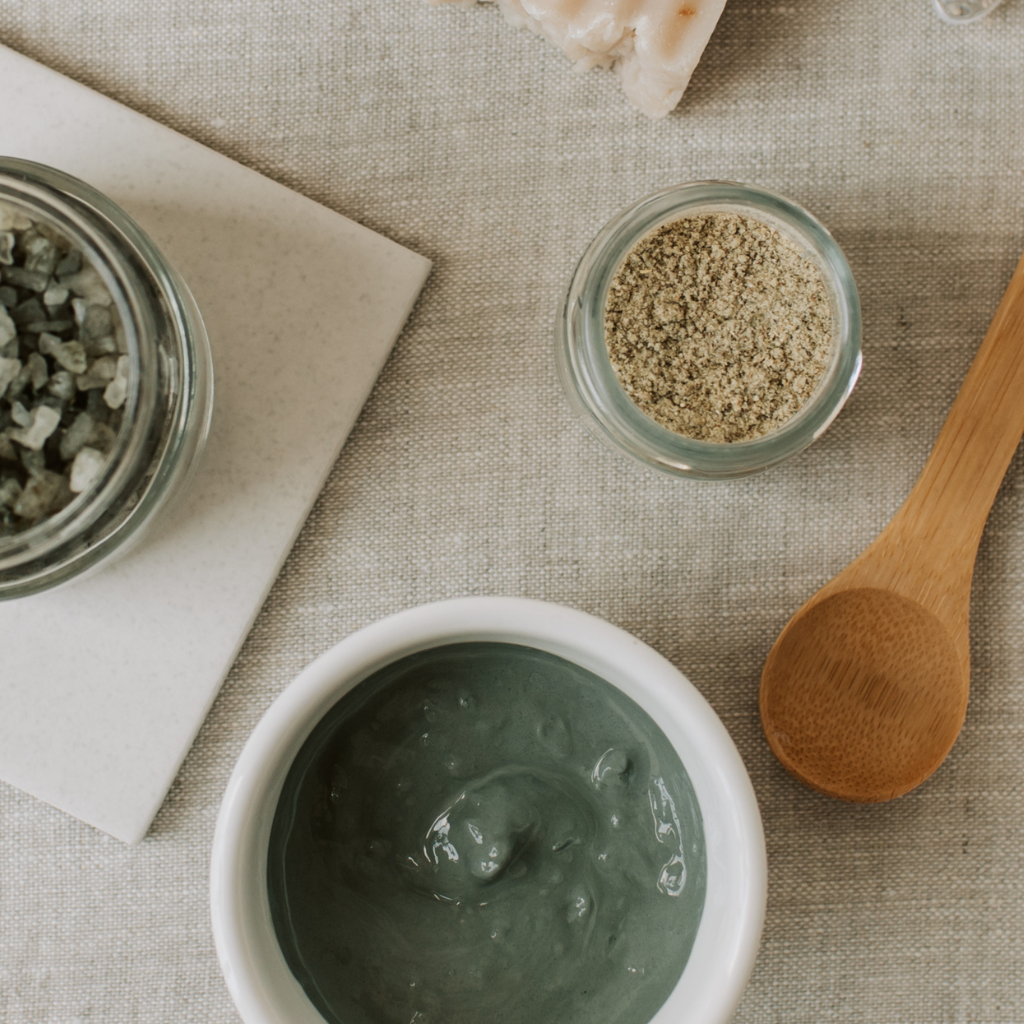As you work towards your goal of being as zero-waste as possible, you might notice that many earth-friendly companies talk about their packaging being biodegradable, compostable, or recyclable.
And while you may feel pretty confident about what “recyclable” means and you are pretty sure what compost is…. “Biodegradable” might being throwing you for a loop.
What’s the difference, and more importantly: which of the three is best?
(Spoiler alert… It starts with a “c.”)

Recycling: It Doesn’t Solve Everything
While recycling has a fascinating history that dates back thousands of years (what with single-use packaging not really being… a thing in ancient societies), it became popular in the environmental sense during the 1970s.
Luckily, it’s becoming more and more popular each year as people begin to realize that the impact their garbage makes on the environment matters.
Unluckily… It’s not the end-all, cure-all solution that corporations would like you to believe.
While it’s true that recyclable products can limit landfill waste and spread environmental awareness in the first place, the fact is they can still cause pollutants.
Recycling requires a fair amount of work in sorting and redistributing within factories heavy-load, gas using vehicles. It’s fair to say that the same amount of energy and important resources are used in the process as the first time these products were made.
Moreover, there’s danger in what people think can actually be recycled. Things like lead paint or spray cans are often carelessly thrown into a recycling bin, when we don’t consider that the deadly toxins within can potentially contaminate other recyclable materials.
While it’s okay to still recycle (and certainly better than nothing), we want to encourage creative reuse in its place: that is, the reuse of a used product in a creative form.
Learn a little more about it here.
Biodegradable: Good or Bad?
You may have heard the word “biodegradable” recently, and wondered what it means. It even sounds positive, what with that handy little “bio” prefix attached to it.
If “bio” means “life,” it must be good for the earth… Right?
Well. Yes and no. Let’s dive into it.
Biodegradable products are items that can be broken down by natural elements—water, wind, air, etc— as opposed to being incinerated or left in a landfill for thousands of years on end. The idea is that biodegradable products are also faster in decomposing, and thus “naturally” able to disappear within our soil and waters.
Moreover (and ever so attractively), they only require 35 percent of the energy that’s usually needed to produce regular plastics.
It certainly sounds like a viable, eco-friendly option. So… What are the potential problems?
The first problem is that these biodegradable products are still going into a landfill with other non-biodegradable items.
In order for biodegradable items to decompose effectively, they need enough of those aforementioned elements that start the process in the first place. When the biodegradable items are crammed in with hundreds of thousands of pounds of non-biodegradable waste, the result is a longer decomposition.
Indeed, it seems that biodegradable goods are something that need a lot more resources than we want to believe, and we have to use a fair amount of patience when dealing with it. The circumstances have to be just right in order for it to work as quickly as three to six months.
So we’re faced with a dilemma of having two sorta-green options, but not one that is truly and fully beneficial to the environment.
Enter Compost
If we could sing about compost, we would.
For those that need a quick refresher, compost is organic matter that can be decomposed in a natural way…. So, yes. It's biodegradable in a sense, as it requires the elements as well—but compostable goods, like leftover food or yard debris are earth-made.
Did you know that nearly a quarter of what we throw away can be composted? That's an incredible potential for reducing what we send to the landfill.
Even better? It doesn’t just decompose, it's good for our soil, too.
Compost contains an extraordinary amount of nutrients that synthetic fertilizers often lack because… Well. It’s natural. It helps to break apart clay clumps in farming soil— pesky particles that would otherwise make plant life near impossible. With the minerals and water retention composted items allow the dirt, they can create more crops and less nutrient-devastated land.
Most importantly: it essentially rewinds the greenhouse emissions we’ve released into the air. Landfills are one of the greatest sources of these methane emissions (deadlier even than carbon dioxide), but compost helps to offset this process when supplied with oxygen. The oxygen helps to aid the act of plant photosynthesis, which then traps the carbon into the ground. Thus, there’s less carbon in the air: a bonus for you and the plants.
But How Do I Start Composting?
If you’re interested in composting yourself, there’s a couple of options!
We have a previous blog post on it HERE.
If you want to splurge on a nice compost bin to put in your home, FoodCycler boasts of a compost machine that is both odorless and turns food scraps into sterilized soil mulch in just three hours!
Of course, if you’re not willing to spend that kind of money quite yet and are just beginning, this excellent article describes how you can start with a simple container and lid under your sink— showing that composting doesn’t have to be expensive or difficult.
Luckily, the journey for more of the world to compost is just beginning. Cities like San Francisco mandate that every household have a compost trash can alongside their regular waste and recycle bins. If you’re wanting similar laws for your community, look into how you can help by writing letters to your city council or making a phone call to your local representative.
Now that you're reducing your waste, consider contacting your local refuse hauler to see if they offer a smaller trash bin or less frequent pickups. Many will provide this service, but don't advertise it on their website.














